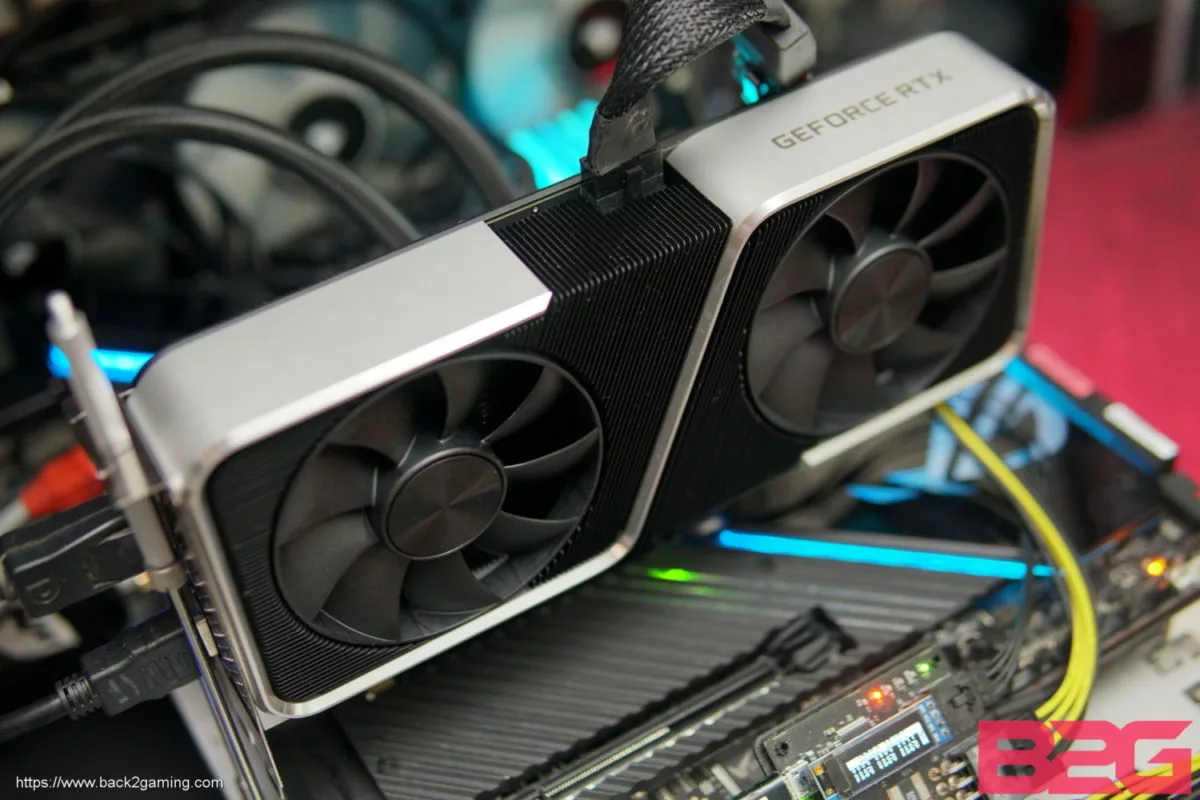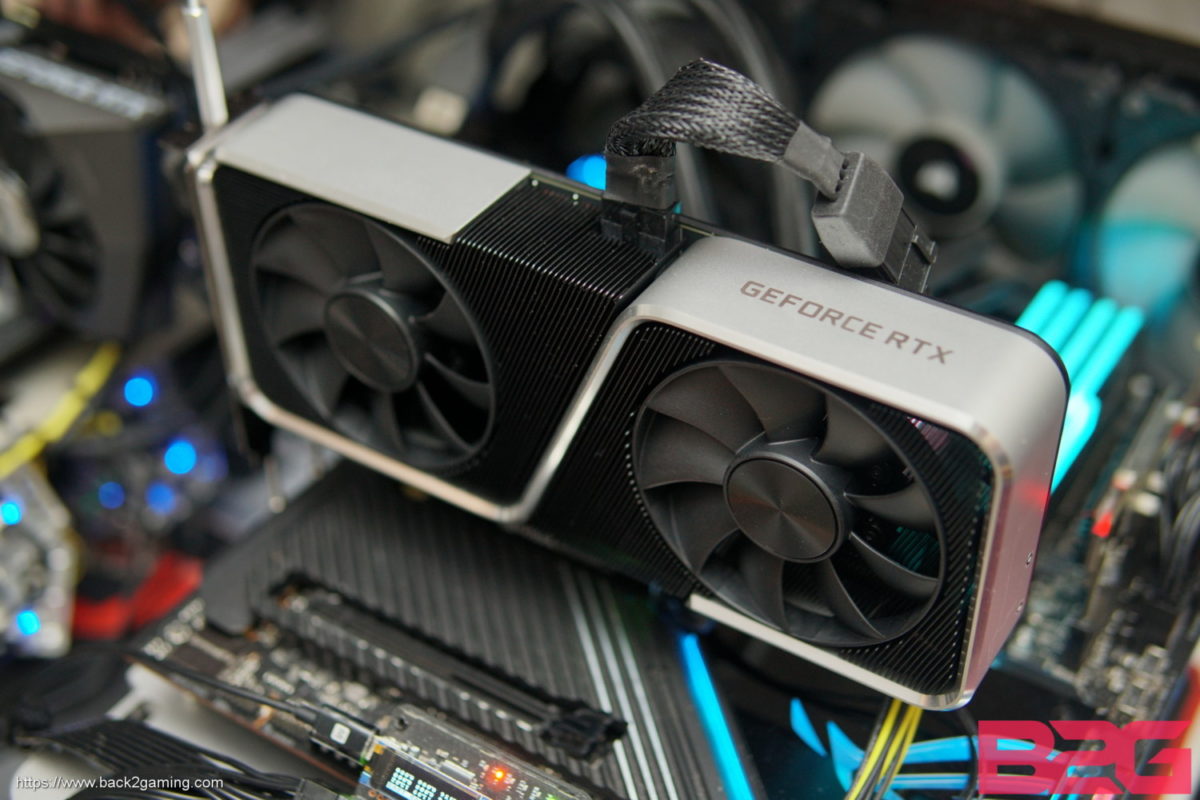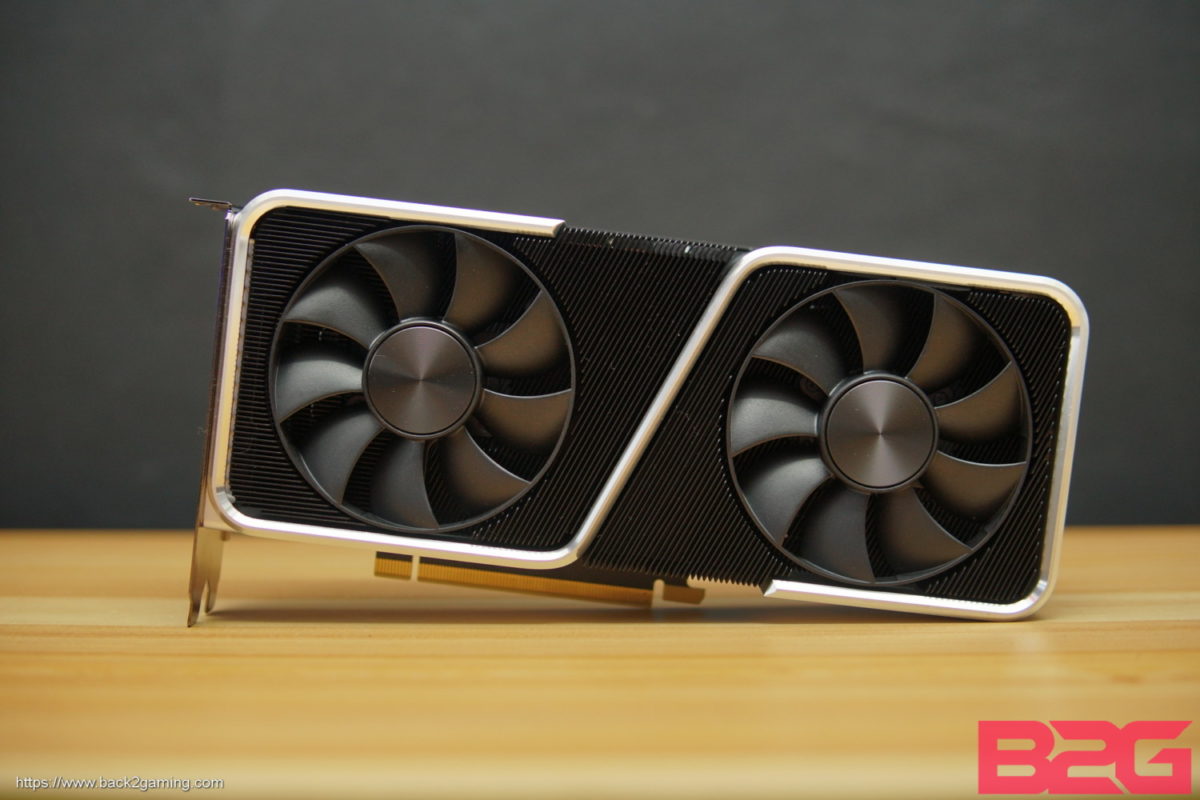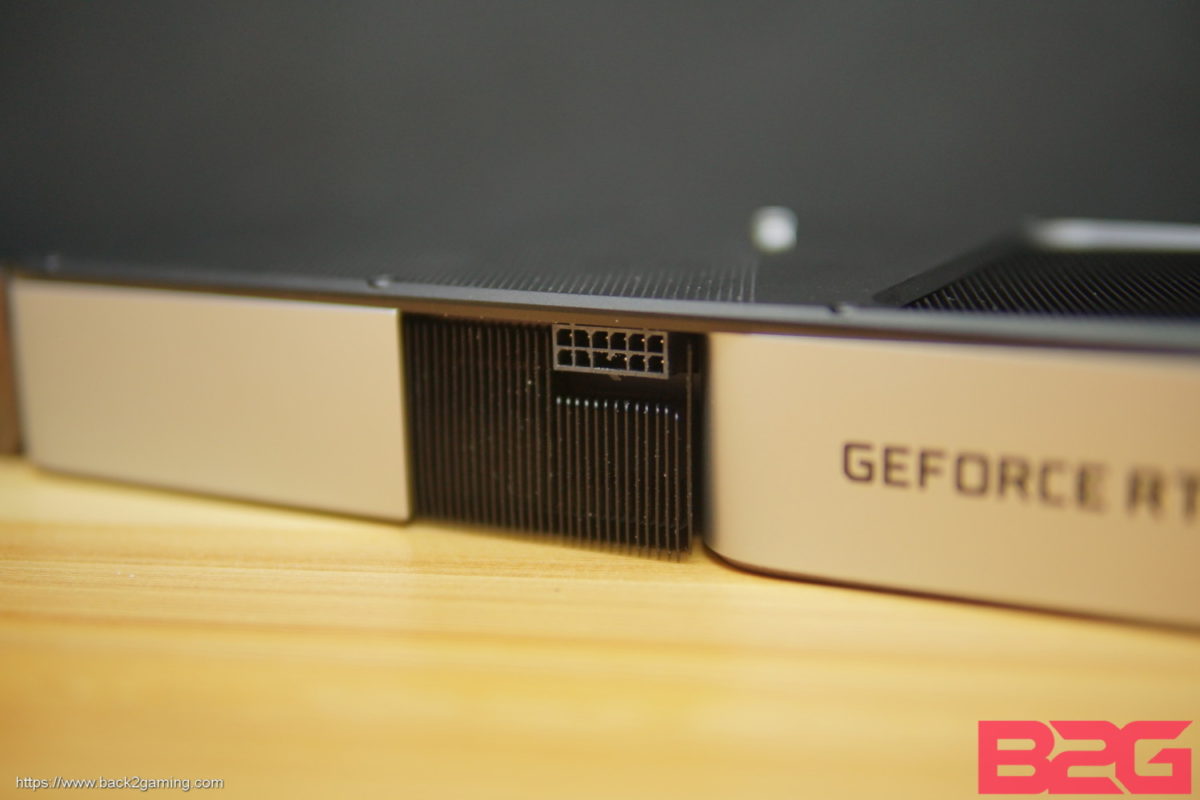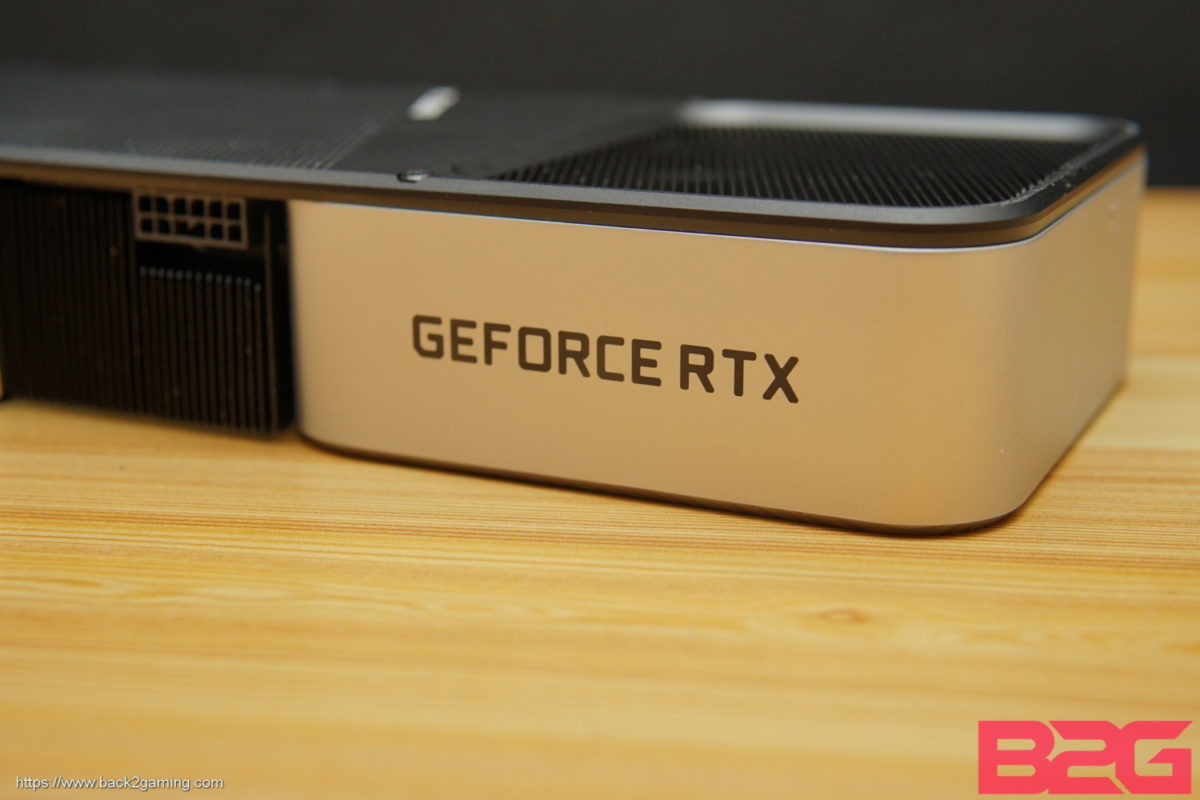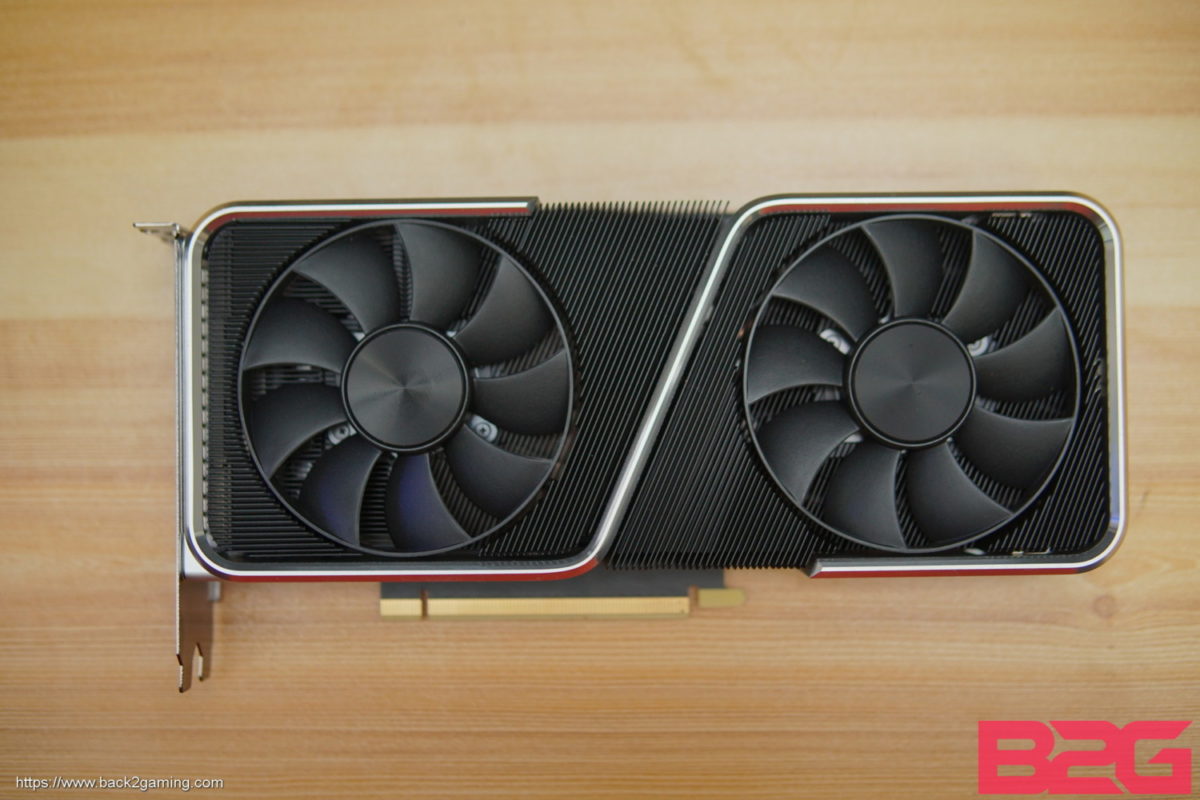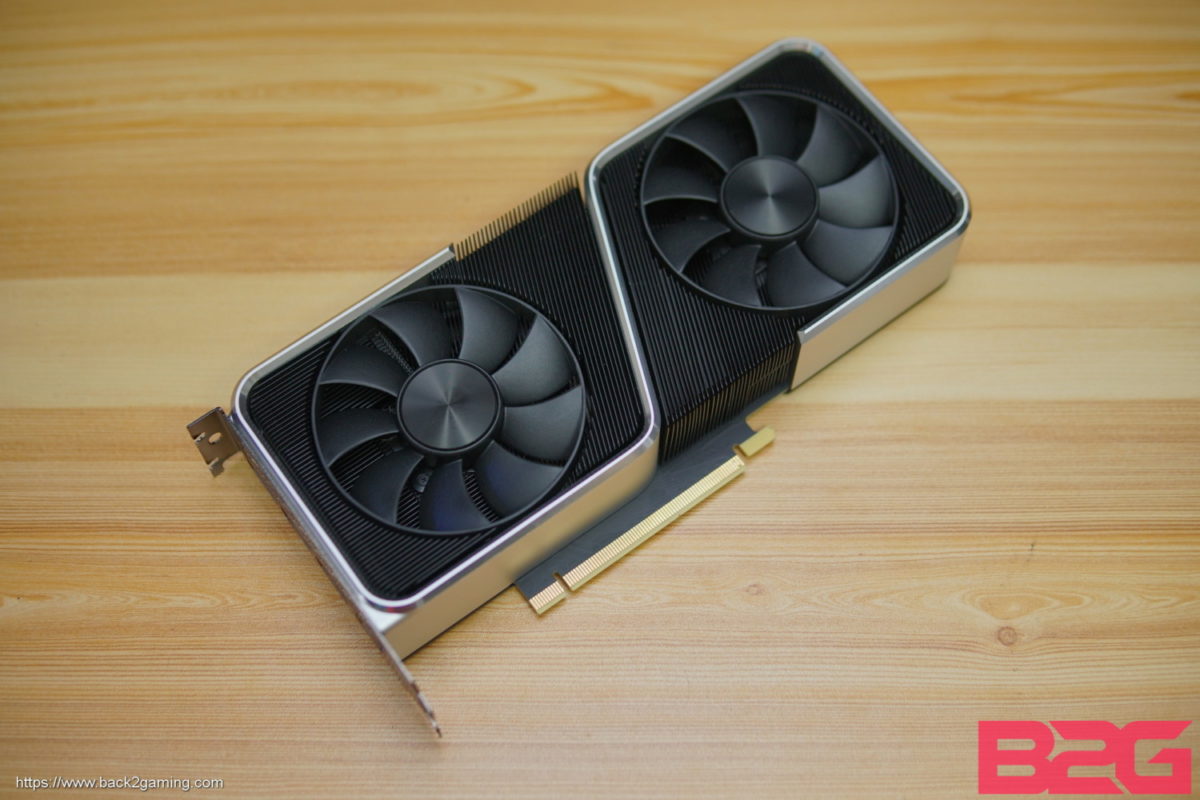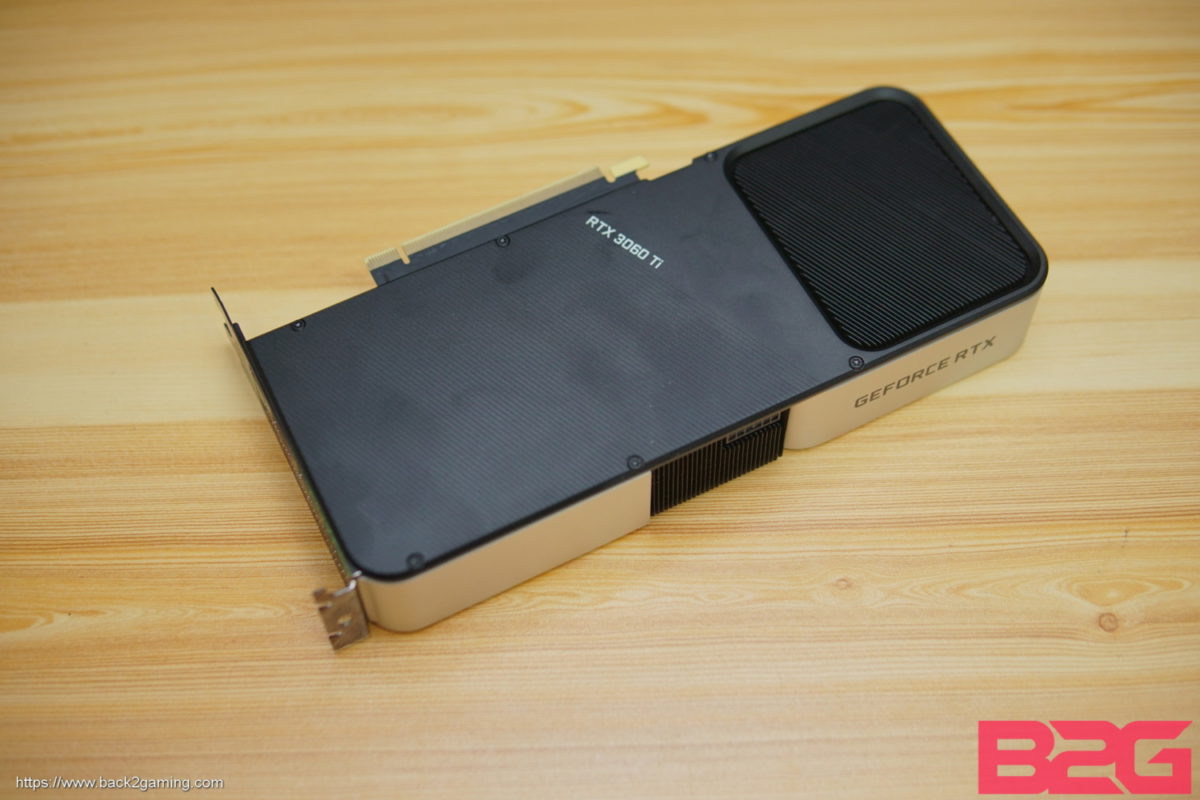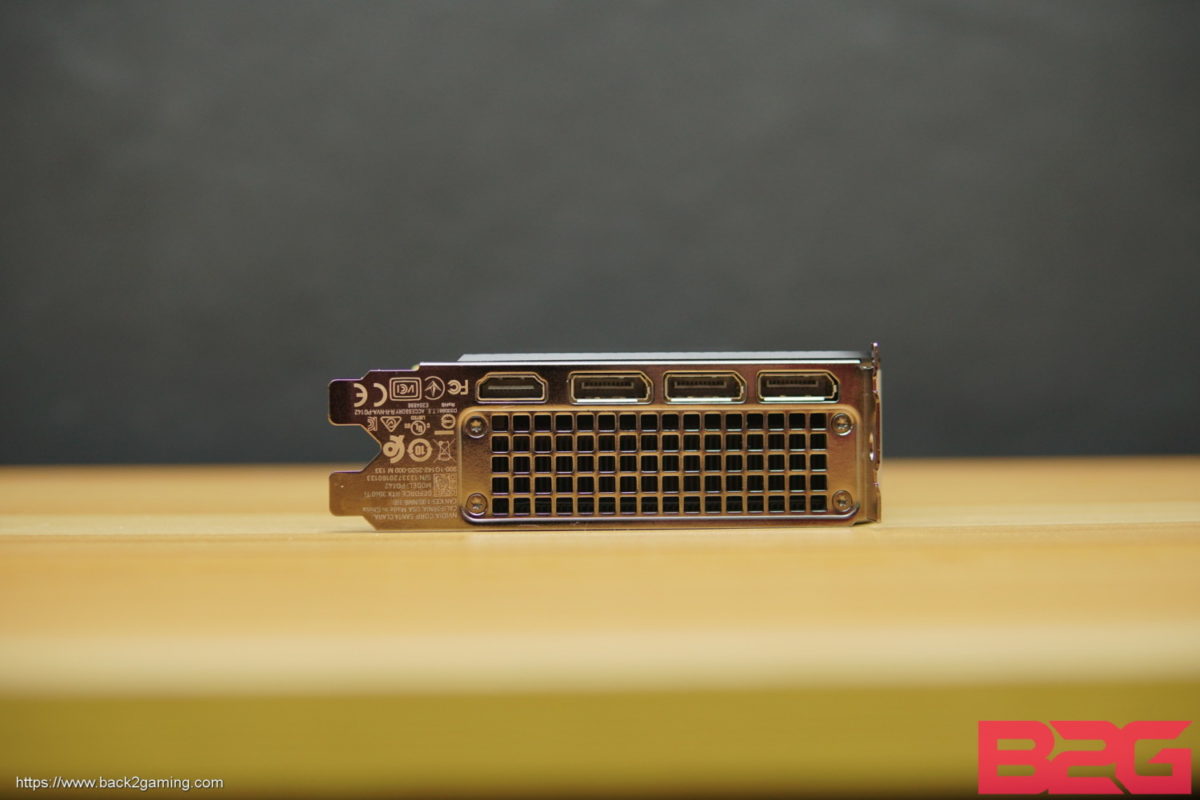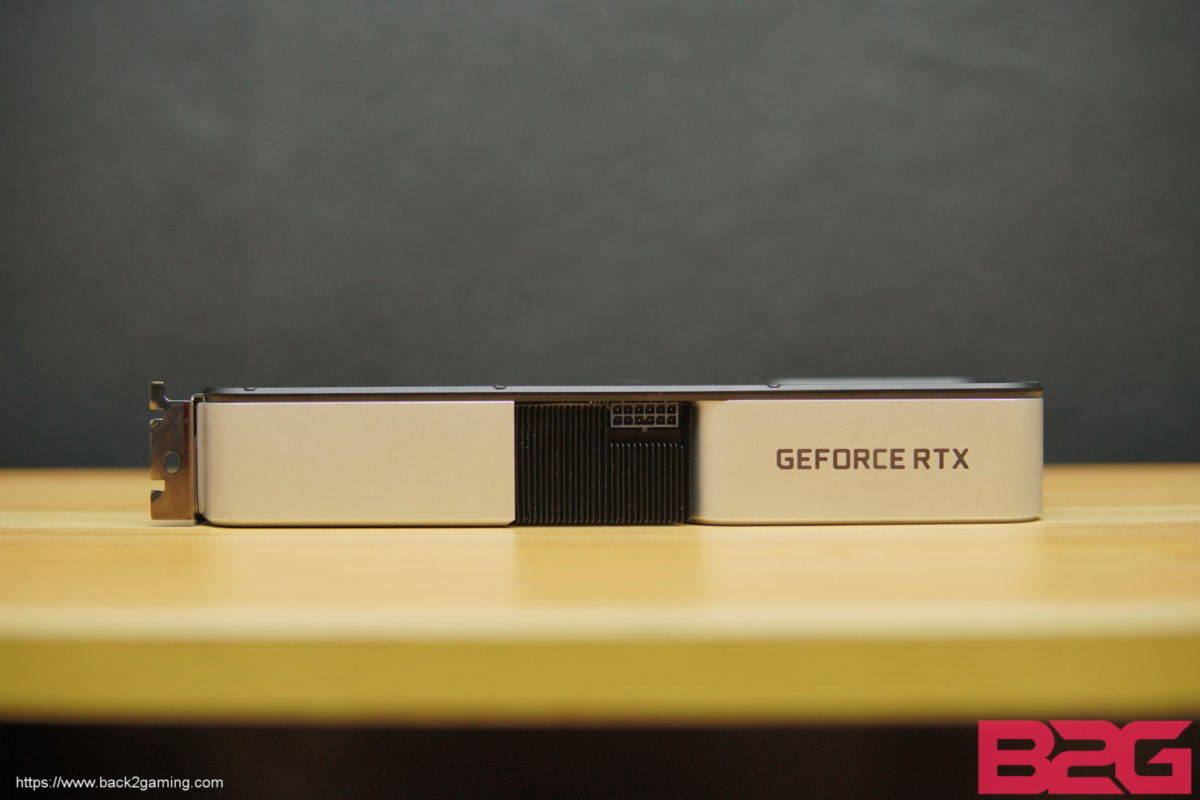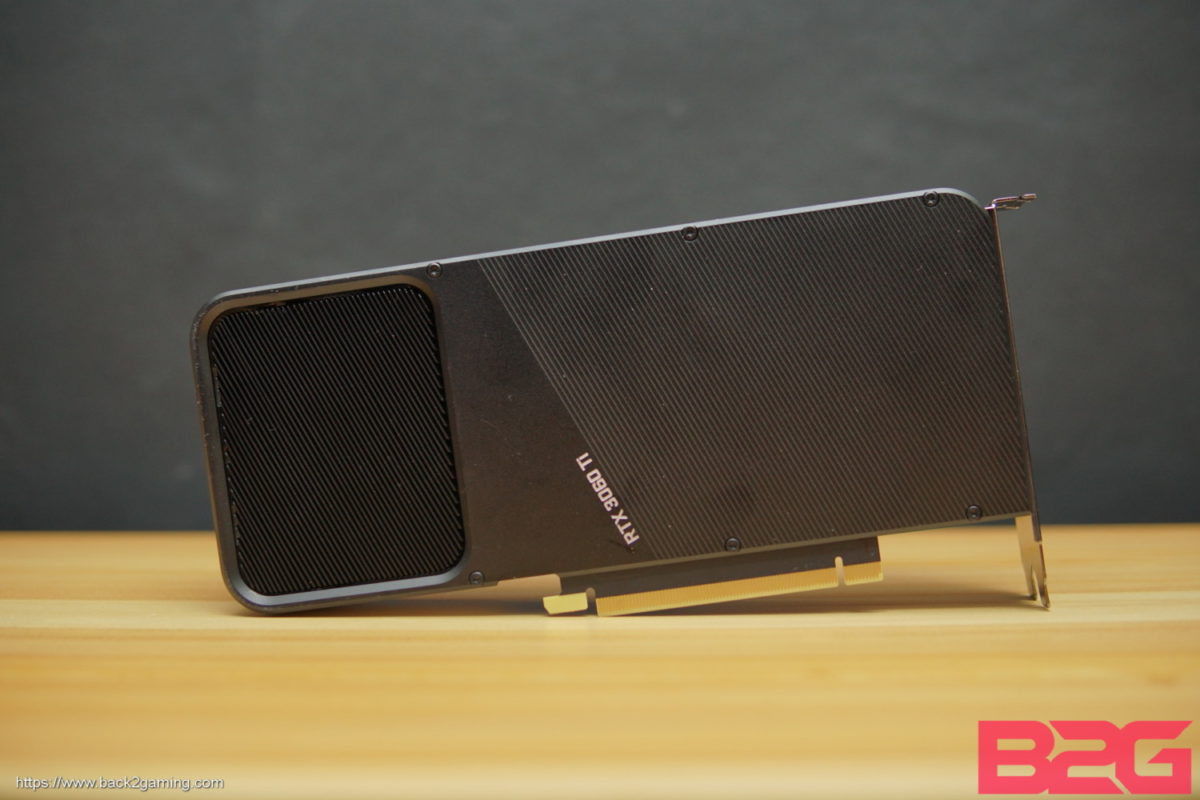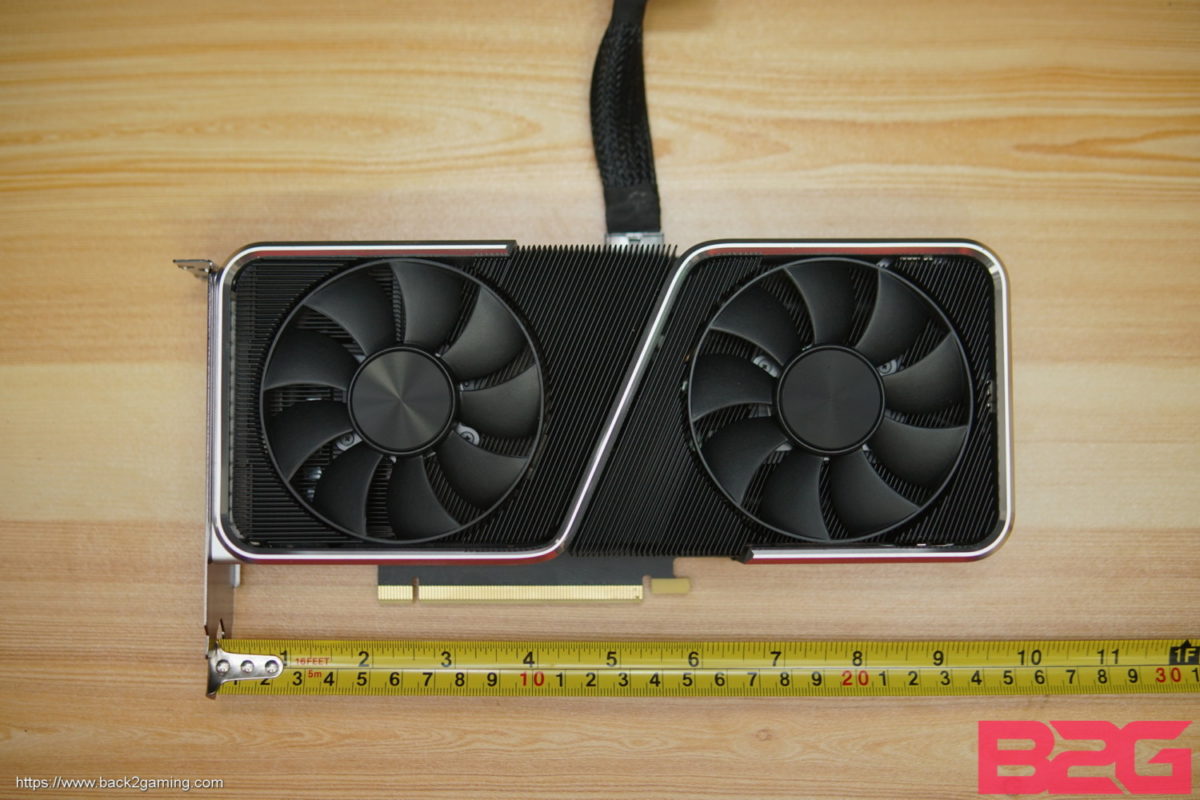NVIDIA didn’t drum up this launch as much as its earlier releases with the other RTX 30 series cards. It could be due to anything and we can assume all we want, the important fact is that the card is real and is here and now. Thanks to the performance jump that NVIDIA offers, many are looking forward to the mid-tier cards in the RTX 30 series line-up and despite AMD’s strong outing, NVIDIA’s more robust software ecosystem has guaranteed that they’ll be able to secure much of the sub-$400 market who account for the largest segment in the gaming segment. As of this moment, the GTX 1060 and GTX 1050 Ti account for 20% of Steam’s installation base making it the most sizable segment by their own.
Today, NVIDIA officially launches the GeForce RTX 3060 Ti. Their first mid-tier card with a $399 price tag, the RTX 3060 Ti succeeds the RTX 2060 SUPER in the hierarchy and is promised to perform around the RTX 2080 SUPER which debuted at $699.
Everything has been said about the RTX 30 series cards and many of the things the RTX 3090, RTX 3080 and RTX 3070 but NVIDIA places heavy emphasis of their current tech in the reviewers’ guide: 3rd-gen AI Tensor cores, 2nd-gen RT core as well as their new supporting technologies like RTX IO, Reflex, DLSS and NVIDIA Broadcast.
In this review, we’ll see how the NVIDIA RTX 3060 Ti Founders Edition performs. Many of us in Asia will probably never see this card but as the benchmark of NVIDIA’s performance, it serves as the measuring stick of how the rest of the custom cards should perform. Read on!
| RTX 3060 Ti | RTX 2060 SUPER | RX 5700 XT | RTX 2080 Ti FE | RTX 3080 FE | RTX 3070 FE | |
|---|---|---|---|---|---|---|
| Architecture | Ampere | Turing | RDNA | Turing | Ampere | Ampere |
| Stream Processors/ CUDA Cores | 4864 | 2176 | 2560 | 4352 | 8704 | 5888 |
| Boost frequency | 1665Mhz | 1650Mhz | 2010 Mhz | 1635Mhz | 1710 MHz | 1725 MHz |
| Memory | 8GB GDDR6 | 8GB GDDR6 | 8GB GDDR6 | 11GB GDDR6 | 10GB GDDR6X | 8GB GDDR6 |
| Memory bus | 256-bit | 256-bit | 256-bit | 352-bit | 320-bit | 256-bit |


